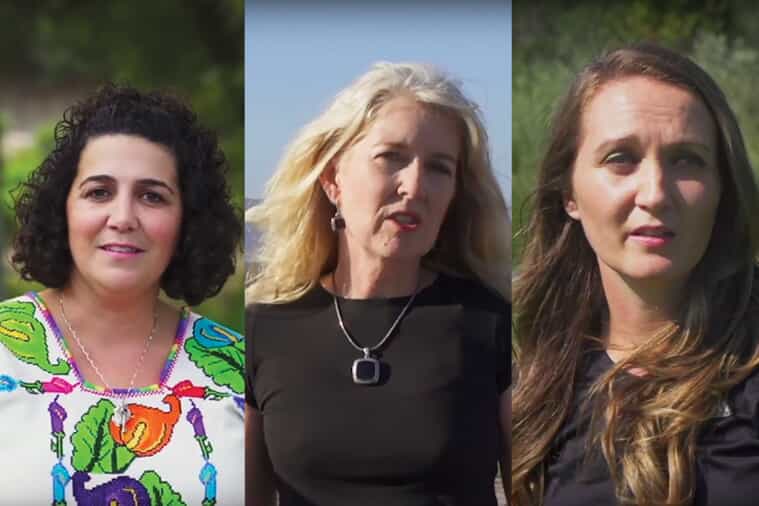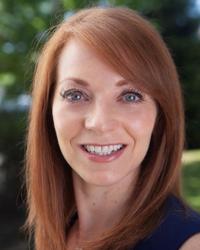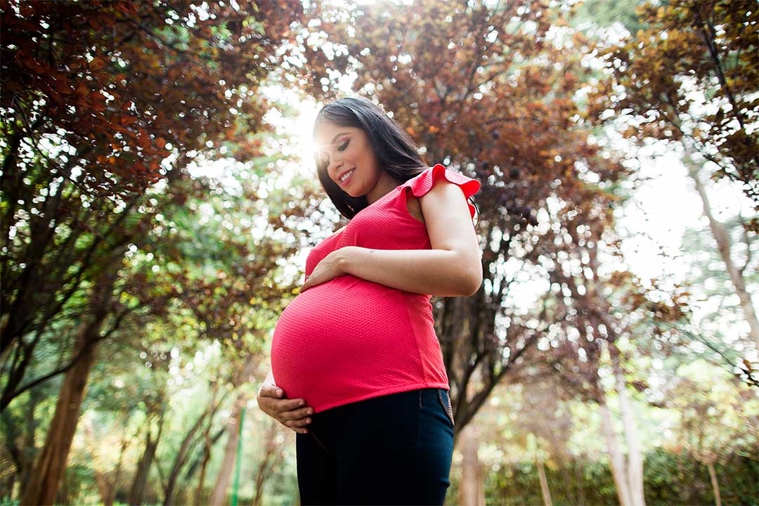
Getting AHEAD of cancer: Three women, three stories
The Adventist Health Early All-Around Detection (AHEAD) program enables patients to identify their risk of hereditary cancer syndrome and helps those who are at higher risk with options to reduce their risk or to actually prevent cancer.
Candace Westgate, DO, an obstetrician/gynecologist based at Adventist Health St. Helena, is the medical director of the AHEAD Program.
“My mission is to prevent cancer and save lives,” says Dr. Westgate. “Where we come from does not necessarily mean where we will end up, but it can influence our journey. Knowing and being aware of your family history can be the key that unlocks your individualized risk of cancer and possibly even uncover if an abnormal genetic mutation is the cause. Affecting our communities at the population health level can make lasting changes for generations to come. Moving away from a one-size-fits-all approach to cancer risk assessment and management improves our quality of care and patient satisfaction. This is a tangible way of living God’s love with each patient, as He has created us all so uniquely.”
Learn more at AdventistHealth.org/AHEAD.
Brenda’s Story
When Brenda Munson visited Dr. Westgate for an exam, her family history revealed that Brenda’s paternal grandmother had breast cancer and her paternal aunt had ovarian cancer.
Dr. Westgate recommended genetic testing with the AHEAD Program.
“It was positive for BRCA1* and I didn’t believe it. It took me about a year to deal with it because I was in quite a bit of denial,” says Brenda.
Brenda’s risk of having breast cancer was 87 percent and her risk of ovarian cancer was 40-60 percent. After professional counseling with Dr. Westgate, Brenda and her husband determined that a prophylactic double mastectomy was the best preventive option. “These numbers were just too high to live with. I am really lucky because I was able to make decisions based on having these statistics,” Brenda says.
Three months after Brenda’s double mastectomy, she had a hysterectomy and oophorectomy.
“It was a tough decision, but I made it because it was the best thing for me; it was the best thing for my family. I can live my life and I am at peace. And even more important is being a part of my family’s life and to be able to watch my two boys grow,” she says.
“I am 100 percent. I am as strong as before, if not stronger. Short term this can be very daunting, but in the long term I would do this 100 times over.”
Toni’s Story
Cancer runs in Toni’s family, and she lived with the fear of ovarian cancer for decades. “I was very careful to monitor my ovaries; I had yearly sonograms and CA125 tests, but I never really worried about breast cancer,” says Toni. With the advancement in genetic testing, Toni was advised to test for genetic mutations and tested positive for BRCA2. She prophylactically had her ovaries and fallopian tubes removed.
In October of 2015, Toni saw Dr. Westgate for a clinical exam. Dr. Westgate was concerned that Toni had not considered a mastectomy, as people with her mutation have risks of up to 87 percent for developing breast cancer.
“I chose to have a double mastectomy with direct to implant reconstruction in January 2016,” Toni explains.
“Reducing the chance of cancer anytime you can is a smart move. I did not want my wife to have to worry about this any longer,” Toni’s husband says.
Smiling, Toni concurs, “It is a peace of mind that we all deserve to have.”
Maria’s Story
“My advice to anyone who has a family history of cancer is to be informed, talk to your doctor and find out what you can do.”
Maria was diagnosed with breast cancer when she was 35 years old. One month later, she was told she was BRCA1-positive. Maria’s high risk of 87 percent for developing breast cancer had already been realized. She had to face a 40–60 percent risk of ovarian cancer during her lifetime.
Learning from Maria’s experience, her sister had genetic testing and tested positive for BRCA1. Considering the overwhelming odds of contracting breast cancer and ovarian cancer, she too opted have a double mastectomy and a hysterectomy.
Maria has three daughters, and just recently her oldest, 19 years old, asked to be tested. The results were negative; she falls into the normal population, a great relief to Maria.
“Discovering that I am BRCA1-positive has been a great finding for me and my family. My sister’s discovery has made it possible for her to make lifesaving choices. For my daughters, this information will be very helpful as well. They now have choices, not a sentence. Knowing your family history can save your life and the lives of those you love most.”
* A BRCA mutation is a mutation in either of the BRCA1 and BRCA2 genes, which are tumor suppressor genes. Hundreds of different types of mutations in these genes have been identified, some of which have been determined to be harmful and to increase risk of cancers.




